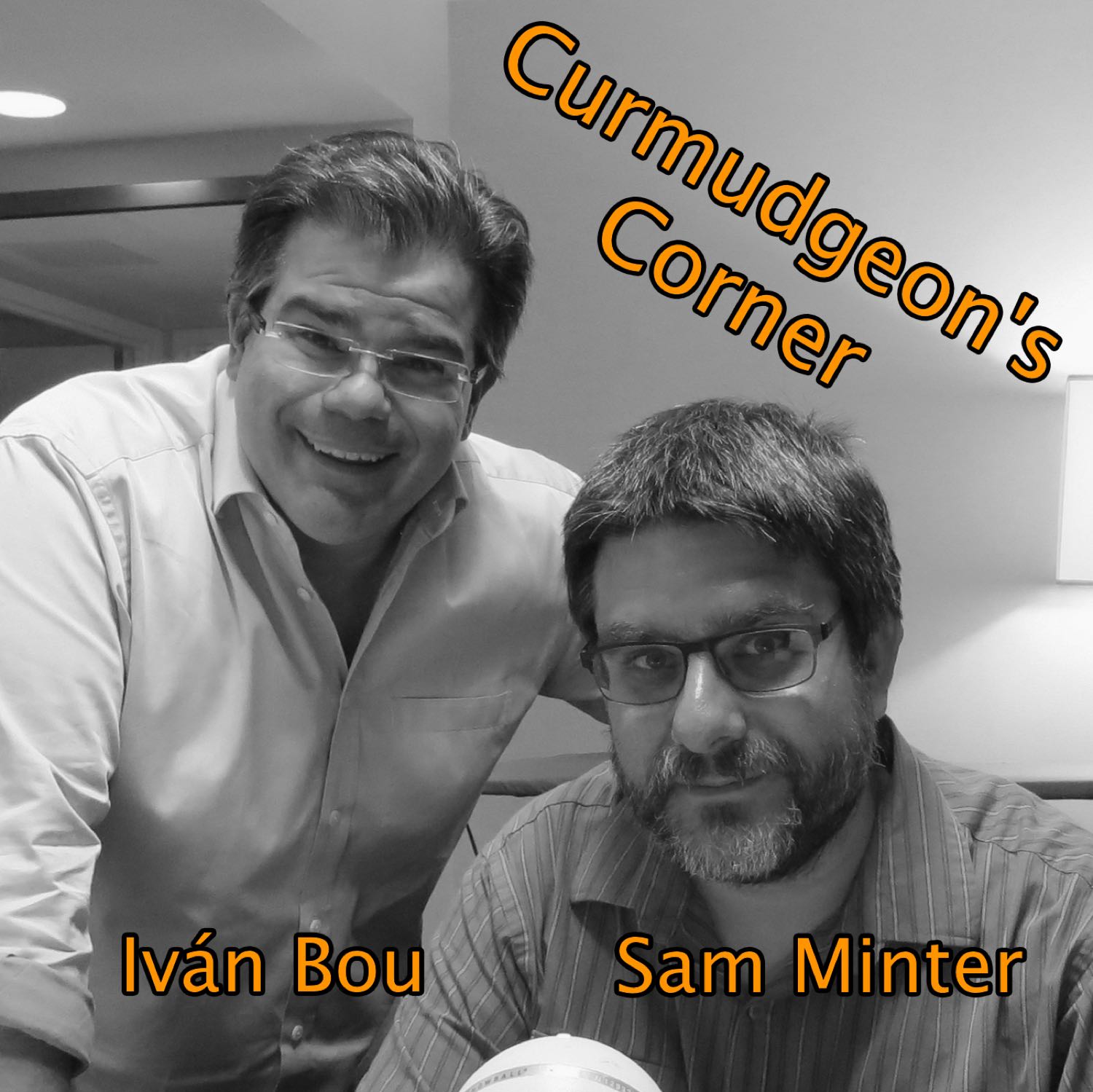Episode 2970
Scott Carpenter
Sun, 2025-Jun-22 00:31 UTC
Length - 3:53
Direct Link
Welcome to Featured Wiki of the Day, your daily dose of knowledge from Wikipedia's finest articles.
The featured article for Sunday, 22 June 2025, is Scott Carpenter.
Malcolm Scott Carpenter (May 1, 1925 – October 10, 2013) was an American naval officer and aviator, test pilot, aeronautical engineer, astronaut, and aquanaut. He was one of the Mercury Seven astronauts selected for NASA's Project Mercury in April 1959. Carpenter was the second American (after John Glenn) to orbit the Earth and the fourth American in space, after Alan Shepard, Gus Grissom, and John Glenn.
Commissioned into the U. S. Navy in 1949, Carpenter became a naval aviator, flying a Lockheed P-2 Neptune with Patrol Squadron 6 (VP-6) on reconnaissance and anti-submarine warfare missions along the coasts of the Soviet Union and China during the Korean War and the Cold War. In 1954, he attended the U. S. Naval Test Pilot School at NAS Patuxent River, Maryland, and became a test pilot. In 1958, he was named Air Intelligence Officer of USS Hornet, which was then in dry dock at the Bremerton Navy Yard.
The following year, Carpenter was selected as one of the Mercury Seven astronauts. He was backup to Glenn during the latter's Mercury Atlas 6 orbital mission. Carpenter flew the next mission, Mercury Atlas 7, in the spacecraft he named Aurora 7. Due to a series of malfunctions, the spacecraft landed 250 miles (400 km) downrange from its intended splashdown point, but both pilot and spacecraft were retrieved.
In 1964, Carpenter obtained permission from NASA to take a leave of absence to join the U. S. Navy SEALAB project as an aquanaut. During training he suffered injuries that grounded him, making him unavailable for further spaceflights. In 1965, he spent 28 days living on the ocean floor off the coast of California as part of SEALAB II. He returned to NASA as Executive Assistant to the Director of the Manned Spacecraft Center, then joined the Navy's Deep Submergence Systems Project in 1967 as Director of Aquanaut Operations for SEALAB III. He retired from NASA in 1967 and the Navy in 1969, with the rank of commander.
Carpenter became a consultant to sport and diving manufacturers, and to the film industry on space flight and oceanography. He gave talks and appeared in television documentaries. He was involved in projects related to biological pest control and waste disposal, and for the production of energy from industrial and agricultural wastes. He appeared in television commercials and wrote a pair of technothrillers and an autobiography, For Spacious Skies: The Uncommon Journey of a Mercury Astronaut, co-written with his daughter, Kristen Stoever.
This recording reflects the Wikipedia text as of 00:31 UTC on Sunday, 22 June 2025.
For the full current version of the article, see Scott Carpenter on Wikipedia.
This podcast uses content from Wikipedia under the Creative Commons Attribution-ShareAlike License.
Visit our archives at wikioftheday.com and subscribe to stay updated on new episodes.
Follow us on Mastodon at @wikioftheday@masto.ai.
Also check out Curmudgeon's Corner, a current events podcast.
Until next time, I'm neural Ayanda.
|
|


